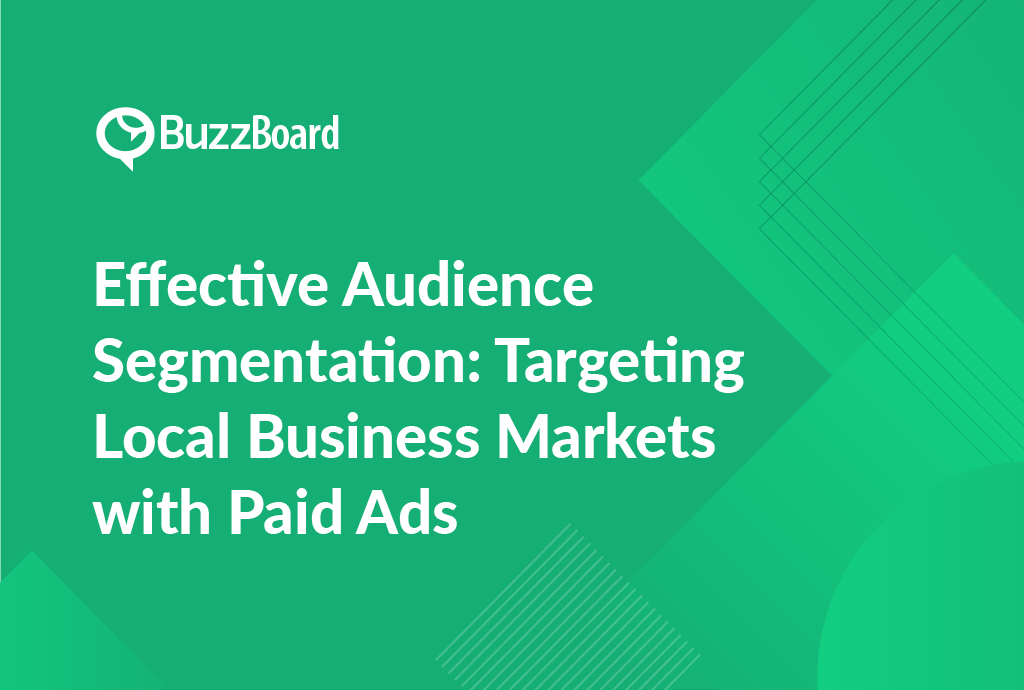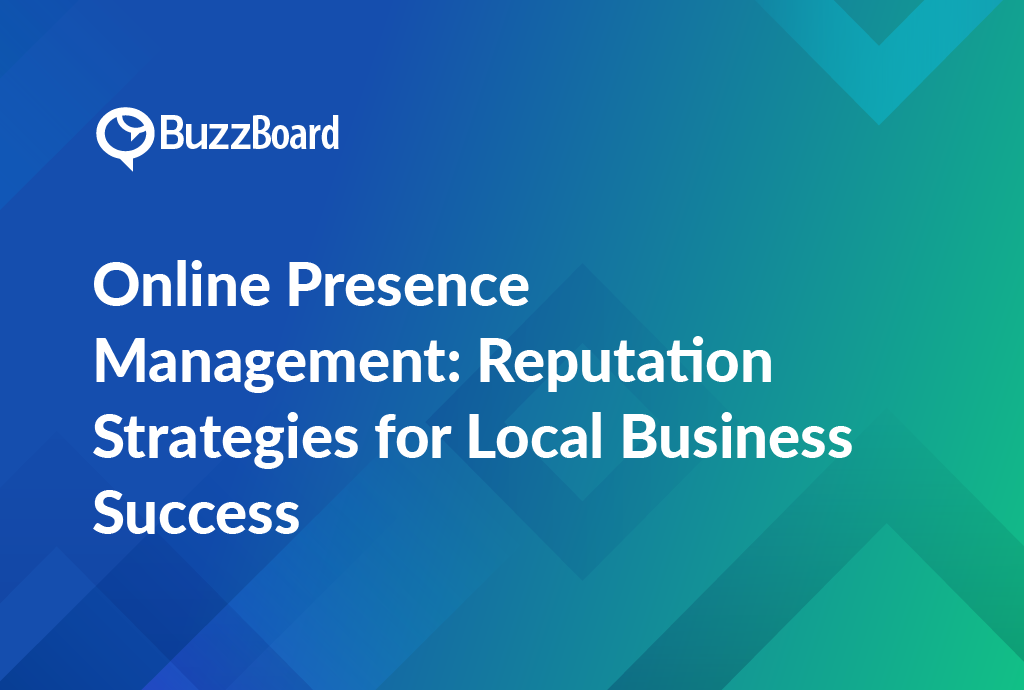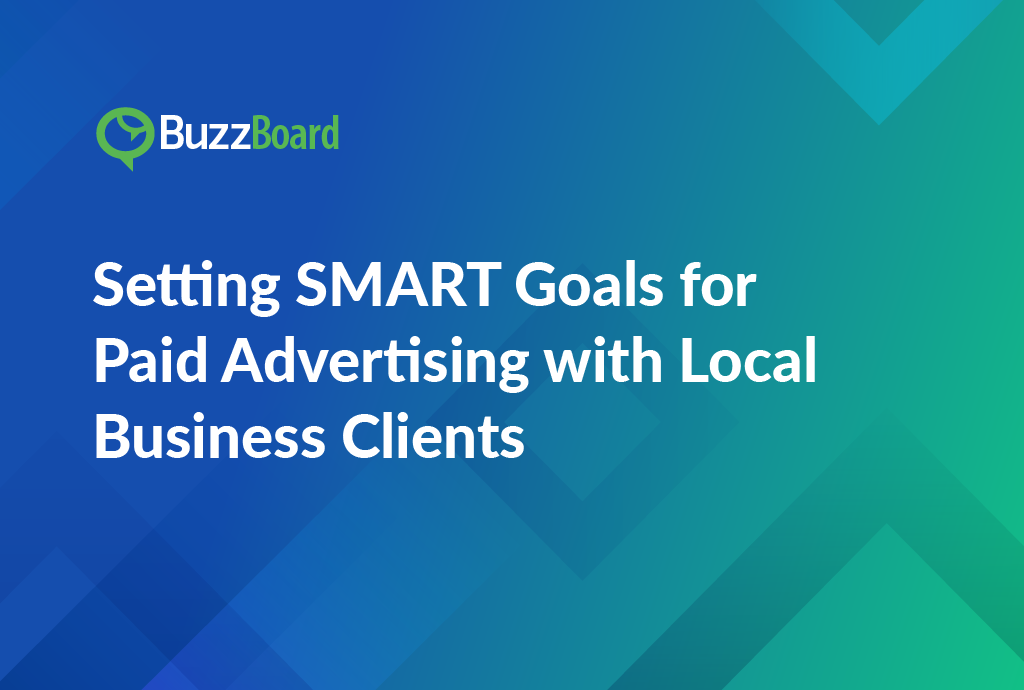Understanding the Importance of Audience Segmentation in Local Business Markets
The significance of audience segmentation in local business markets in today’s increasingly digital landscape is paramount. It’s a key component of effective digital marketing, whether you’re crafting local business marketing campaigns, refining targeting strategies, or investing in paid advertising.
When companies segment their audience, they are not only able to engage their customers more effectively, but they can also optimize conversions. This is particularly valuable in local markets where customers often have specific needs and preferences.
Wondering how this works?
Audience segmentation is the practice of dividing a broader audience into smaller, more defined subsets based on characteristics or behaviors, such as demographic profiles, purchasing habits, or specific interests.
This is important because it allows businesses to cater their messaging and offerings to more specific groups, which can enhance audience engagement and conversion optimization.
Importantly, audience segmentation makes paid advertising efforts more efficient. By accurately targeting ads, businesses can reduce waste on underperforming ads and increase return on investment—a crucial consideration for small and local businesses seeking growth on a budget.
Therefore, as sales professionals in digital marketing agencies that serve small and local businesses, it’s crucial to understand and advocate for the importance of audience segmentation in local business markets.
How Digital Marketing and Paid Advertising Contribute to Effective Targeting Strategies
Digital marketing and paid advertising are integral components of effective targeting strategies, especially in the sphere of audience segmentation in local business markets. These tactics provide essential tools for salespeople at digital marketing agencies, enabling them to help local businesses flourish.
Digital marketing allows salespeople to use the vast reach of the internet, conveying persuasive messages across a myriad of channels. By utilizing the inherent power of audience segmentation, salespeople can custom-tailor their marketing efforts to directly engage with specific local markets. This method not only augments customer acquisition efforts but can dramatically enhance audience engagement as well.
Simultaneously, paid advertising holds a pivotal role. By assigning budget to strategically pinpointed ads, salespeople can guarantee their clients’ message reaches the suitable audience at the optimal time. Paid advertising can also fortify conversion optimization, transforming casual browsers into loyal customers.
Take, for example, Google’s Local Services Ads (LSA). They enable businesses to feature at the top of the search results for specific segments of their target audience. By leveraging these LSAs, businesses can strategically place themselves at the forefront of local searches, further bolstering the efficiency of audience segmentation in local business marketing.
Thus, understanding and applying digital marketing and paid advertising strategies can significantly contribute to effective audience segmentation and successful targeting strategies in local markets.
Note: It’s critical to consistently track your progress, assess the results, and tweak your strategy as needed. Adopting a data-backed approach will ensure maximum engagement and conversions for your local business clients.
Practical Implementation of Audience Segmentation for Better Audience Engagement
Audience segmentation is a critical step in maximizing the effectiveness of digital marketing campaigns, particularly in local business markets. Essentially, it involves dividing a company’s target market into manageable groups, each defined by common interests and preferences.
This concept lays the groundwork for a more customized and effective marketing approach for local businesses. For salespeople at digital marketing agencies catering to small and local businesses, comprehending audience segmentation is critical. It helps design targeting tactics that enhance audience interaction. For instance, businesses can invest in paid advertising campaigns on social media platforms aimed at distinct audience segments. This focused marketing approach can lead to superior conversion optimization results, as the messages are more likely to strike a chord with a specified target group.
Audience segmentation should not be perceived as a one-size-fits-all strategy. It necessitates regular analysis and adjustment. Identifying the most responsive segments, understanding their preferences, and adjusting your strategies for greater engagement is key. Apart from this, audience segmentation allows companies to pinpoint and concentrate on high-value segments, potentially leading to higher ROI.
Example of Targeting Local Markets Using Audience Segmentation and Paid Ads
In the hyper-competitive landscape of digital marketing, having a comprehensive understanding of your audience is vital. For local businesses, the essence of audience segmentation is fundamental to uncovering who your client is, what they desire, and their preferred way of delivery. This understanding aids in dividing your audience into distinctive categories based on demographics, interests, and behaviors, which can yield profound impacts on targeting strategies and desired outcomes.
Take, for instance, a local business setting foot in the digital marketing space; audience segmentation can dictate success or failure. Starbucks’ ‘Happy Hour’ campaign emerges as an exemplary demonstration. This campaign, driven by paid advertising targeted at specific city markets and offering discounts during selected hours, had audience segments built on purchase habits, preferences, and daily activity periods. The result was an influx of local foot traffic to Starbucks during promoted happy hours, underscoring the effectiveness of audience segmentation and local targeting strategies.
The crux here is that audience segmentation empowers businesses to customize their messages and campaigns to resonate with local markets. Done correctly, local business marketing merges audience engagement, conversion optimization, and paid advertising to spawn highly targeted campaigns that reach the perfect audience at an optimum time.
Achieving success in audience segmentation largely hinges on a business’s capability to sift through data, institute segmentation strategies, and relay this information to targeted paid advertising campaigns. The end result is an enhanced return on your investment and fortified customer relationships.
Conversion Optimization: The Ultimate Goal of Effective Audience Segmentation
Conversion optimization is a critical goal for most businesses. A potent tool to achieve this goal is effective audience segmentation. But, how can salespeople in digital marketing agencies use this strategy to benefit small and local businesses?
Audience segmentation is a potent strategy in local business markets. This method involves dividing your audience into smaller groups that share similar characteristics—demographics, buying habits, interests, or needs.
This segmentation presents invaluable insights that could shape local business marketing strategies. For example, it could enhance paid advertising efforts by ensuring ads are specifically targeted at potential customers. It also increases customer engagement by aligning marketing efforts with unique audience preferences.
To carry this out, salespeople at digital marketing agencies can employ a range of targeting strategies. These could involve crafting targeted email marketing campaigns, creating audience-specific ad groups, or leveraging marketing automation tools to promote detailed audience segmentation.
The success of these strategies rests on your ability to understand and effectively segment the audience. By diving deep into consumer behavior and needs, you can create engaging and effective marketing content that propels conversion optimization.








